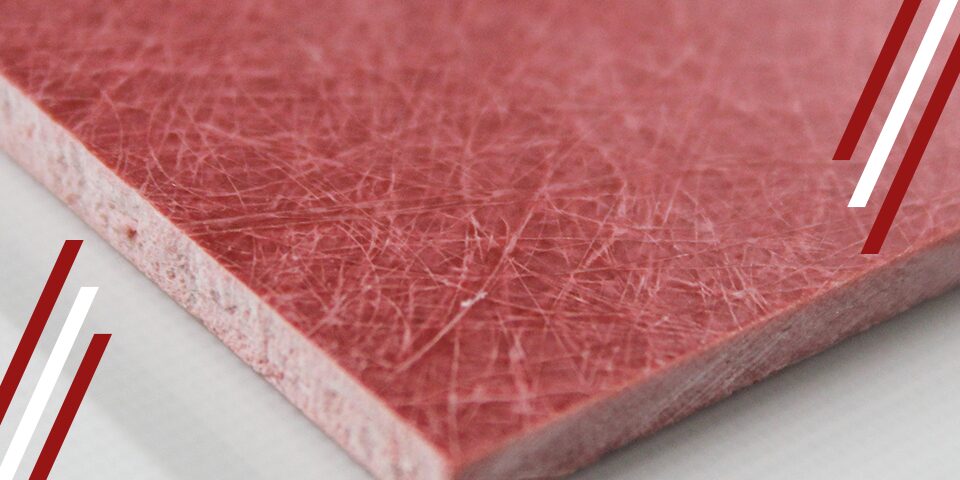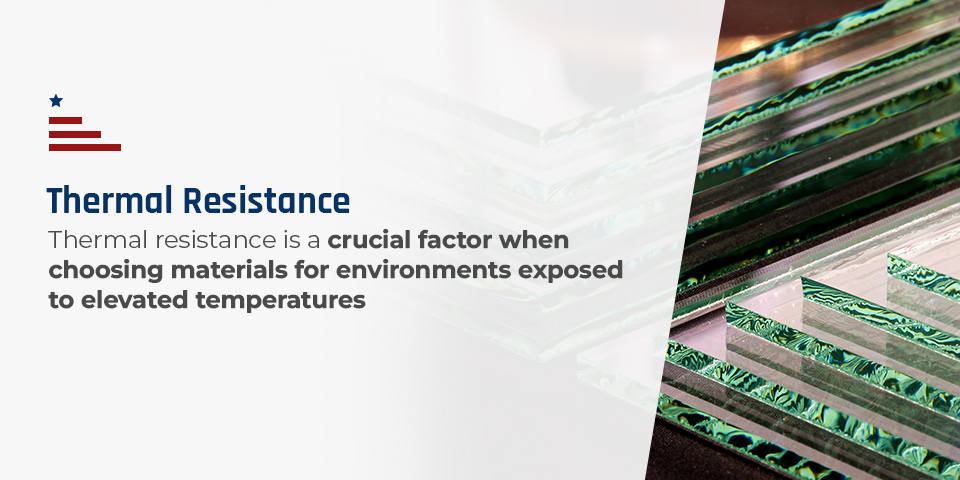

Selecting the right glass polyester laminate is crucial for engineers, designers and procurement professionals working in demanding industrial environments. GPO1 and GPO3 are two of the most widely used options, each offering unique benefits for electrical insulation and mechanical applications.
This guide provides a clear, side-by-side comparison of GPO1 versus GPO3 to help you make an informed, confident material choice for your next project.
Glass polyester is a composite material made by combining polyester resin with glass fibers. It’s widely used for its excellent electrical insulation, mechanical strength and flame resistance. Polyester resin acts as the matrix or binder, holding everything together and providing chemical and thermal stability while glass fibers reinforce the material, dramatically increasing its strength, rigidity and durability.
Here’s how it’s made:
The finished glass polyester laminate is strong, lightweight, electrically insulating and resistant to heat and flame, making it ideal for demanding industrial and electrical applications.
When comparing glass polyester options, the key distinction between GPO1 and GPO3 is their intended use and performance characteristics. GPO1 is a general-purpose, cost-effective laminate suitable for basic insulation and mechanical support. In contrast, GPO3 is engineered for superior flame and arc resistance, making it the preferred choice for high-safety, high-voltage environments.
Your selection should be guided by the specific electrical and safety requirements that your project demands. To simplify your decision, here’s a direct comparison of GPO1 and GPO3 glass polyester across the most important material properties. Use this section as a quick reference when deciding which laminate best fits your project’s needs.
When evaluating glass polyester laminates for your project, mechanical strength and durability are key factors to consider, especially in environments where components may face physical stress or repeated handling. Both GPO1 and GPO3 offer robust performance, but their specific properties make them better suited to different types of applications.
GPO1 strength and longevity:
GPO3 structural integrity and toughness:
For most mechanical uses, GPO1 is adequate. Choose GPO3 for added durability in demanding settings.
Electrical insulation is a critical consideration when selecting materials for industrial and electrical applications. It directly impacts safety and system reliability. While both GPO1 and GPO3 provide effective insulation, their performance characteristics differ significantly, especially in demanding or high-voltage environments.
GPO1 electrical properties and reliability:
GPO3 electrical protection and functional performance:
GPO3 is essential where electrical safety and reliability are critical.
When it comes to material selection for electrical and industrial environments, fire safety is a top priority. The ability of a laminate to resist ignition and prevent the spread of flames can be crucial for protecting equipment, personnel and facilities. A comparison of GPO1 versus GPO3 shows a significant difference in their flame retardancy, making it important to match the material’s safety profile to your application’s requirements.
GPO1 fire safety and material performance:
GPO3 fire retardant properties and application safety:
GPO3 is the clear choice for applications with strict fire safety standards.
Thermal resistance is a crucial factor when choosing materials for environments exposed to elevated temperatures or fluctuating heat conditions. The ability of a laminate to maintain its structural integrity and performance under thermal stress can directly impact the reliability and longevity of your components.

GPO1 heat tolerance:
GPO3 temperature resilience:
Both offer good thermal resistance, but GPO3 excels in high-heat, high-demand scenarios.
GPO1 is a versatile, cost-effective solution for a wide range of general-purpose and mechanical applications where advanced electrical properties aren’t the primary concern.
Electrical and electronics:
Mechanical:
Automotive:
Medical:
Marine:
GPO3 is engineered for environments where safety, electrical performance and compliance are crucial. Its superior flame and arc resistance make it indispensable in high-voltage and mission-critical applications.
Electrical:
Power distribution:
Transportation:
Other applications:
In a direct glass polyester options comparison, your selection comes down to balancing performance requirements, safety standards and budget.
GPO1 is best for projects where budget considerations are vital and the application doesn’t require advanced electrical or fire safety properties. It’s an ideal choice for noncritical electrical uses and general structural applications, providing reliable mechanical support and basic insulation at a cost-effective price point.
GPO3 is required for situations where superior flame retardancy, arc resistance and strict compliance with safety standards are nonnegotiable. This material is the preferred solution for high-voltage, high-risk or mission-critical environments where failure isn’t an option and regulatory requirements must be met.
When choosing, always weigh the long-term safety and compliance needs of your project alongside initial material costs. Investing in the right material up front can help ensure reliable performance and peace of mind over the life of your application.
American Micro Industries is your trusted partner for precision-fabricated GPO1 and GPO3 components. With advanced CNC machining capabilities and deep expertise in electrical insulation materials, we deliver custom solutions tailored to your exact specifications. We offer:
Ready to start your project? Request a free quote today to discuss your material needs with our experts and get the right solution for your application.